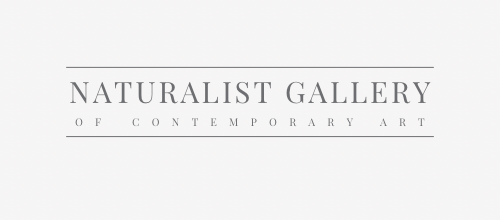For centuries, art has been associated with individual expression, cultural heritage, and creative freedom. However, in recent years, the art world has undergone a significant transformation, becoming increasingly corporate.
The corporate art market is a growing sector where art becomes a status symbol for branding and prestige, impacting artists, galleries, and the authenticity of the art world.
This shift has resulted in art being perceived as a status symbol and luxury good rather than an avenue for artistic exploration. In this article, we will explore how this corporate transformation has taken place, its impact on the art market, and the challenges and opportunities it presents for artists and collectors.
Explore our curated selection of contemporary artists from around the globe.
Naturalist Gallery offers artist representation internationally. Apply your art.
The Rise of Corporate Influence in the Art World
Traditionally, art has been collected and appreciated by individuals, often driven by their passion for the craft or as a means of preserving cultural heritage. However, the art world's corporatization has introduced a new approach to art collection, focusing on branding and status. Institutions like Art Basel, once bastions of artistic appreciation, have become platforms for branding and connecting with corporate entities. Notably, art fairs now cater to collectors from Japan, China, and Korea, where the branding of cultural consumption is more overt and sophisticated.
The Generational Shift in Art Collecting
The generational change in art collectors has played a pivotal role in the rise of corporate influence. Baby Boomers, who once dominated the art market, are now more focused on bequeathing their collections than acquiring new pieces. Millennials, on the other hand, have emerged as significant art buyers, and their preferences differ from their predecessors. They are more open to embracing corporate brands and seek to join the exclusive club of owning art by trendy artists, leading to a shift in the art market's dynamics.
The Impact on Artists and Art Galleries
As corporations increasingly dominate the art market, the criteria for selecting and purchasing art have evolved. Artists seeking to sell their art to corporations must align their work with the corporate image and address various needs, including aesthetics, investment potential, and workplace ambiance. While selling to corporations offers financial benefits and prestige for artists, it also creates challenges for smaller galleries that struggle to compete with corporate-backed entities. The result is a growing concentration of art collecting within the corporate elite, potentially limiting the support available for emerging artists and diverse art forms.
Selling Art to Corporations: Strategies for Artists
Artists keen on breaking into the corporate art scene can take several approaches. They can directly contact corporations, understand their art preferences, and present their work as an enhancement to the corporate image. Additionally, artists can seek opportunities through corporate art consultants, who act as intermediaries between artists and businesses. This partnership can provide a steady stream of income and lead to future commissioned projects.
Challenges and Future Prospects
While corporate involvement in the art world offers potential financial growth, it also raises concerns about the commodification of art and its impact on the artistic landscape. The emphasis on branding and status may overshadow genuine artistic expression, leading to a decline in support for local artists and middle-class collectors. As the art market goes global, it becomes crucial to strike a balance between corporate interests and sustaining the creative spirit of the art world.
View limited edition prints by contemporary artists at Naturalist Gallery.
The corporate transformation of the art world has brought both opportunities and challenges for artists and collectors alike. While it opens doors to financial growth and global recognition, it also risks diluting the essence of art and leaving local artists and galleries struggling to survive. Balancing corporate interests with artistic integrity will be vital in preserving the richness and diversity of the art world for generations to come.
You may also find the following articles helpful:
The Fine Art Enthusiast's Guide
How to Become an Art Collector
Art Criticism: Evaluating Contemporary Art
Art Consultants in the Contemporary Art World
The Art Advisor's Guide: Navigating the Art Market
How Art Agents Work with Contemporary Artists








